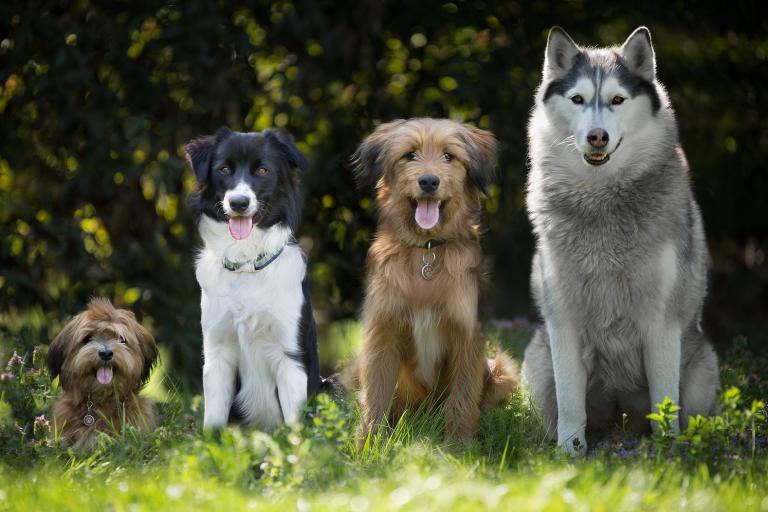Hyperuricosuria and Hyperuricemia (HUU Dog)
In Hyperuricosuria and Hyperuricaemia (HUU), dogs excrete uric acid instead of allantoin in their urine. This causes increased formation of urinary stones, which can lead to problems.
The disease occurs in many breeds. It is inherited autosomal recessively.
Synonym: Urolithiasis
Genetic Test: available in Shop (in Labrador Retriever B package)
Symptoms
- Increased urinary calculi formation
- Blockage of the urinary tract
- Inflammation of the bladder
- Blood in the urine
- Renal colic
General Information
- Dogs affected by Hyperuricosuria and Hyperuricaemia (HUU) excrete uric acid instead of allantoin in their urine.
- This leads to increased formation of urinary stones, some of which have to be surgically removed.
Breeds affected
Most breeds:
American Staffordshire Terrier, Australian Shepherd, Boerboel, Bulldog, Dalmatian, German Shepherd, Large Munsterlander, Kromfohrlander, Labrador Retriever, Lagotto Romagnolo, Nova Scotia Duck Tolling Retriever, Parson (Jack) Russell Terrier, Pomeranian, Russian Black Terrier, Dachshund, Weimaraner, Miniature Schnauzer, etc.
Test Information
This mutation test detects a change in a single base pair (c.563G>T) in the SLC2A9 gene.
Most Dalmatians are homozygous for this mutation and thus affected.
Test in Shop (in the Labrador Retriever B package)
Genotype and Lab Report
Inheritance: autosomal recessive.
→ The hereditary disease only occurs if both alleles of the gene are affected by the mutation (huu/huu). Dogs that have only one allele with the causative mutation (N/huu) are clinically healthy carriers.
Genotypes:
N/N = genetically normal
The dog has no predisposition for HUU and therefore cannot pass it on to its offspring.
N/huu = a carrier
The dog is a clinically healthy carrier. The variation is passed on 50% to the offspring, which are also carriers.
huu/huu = affected
The variation is passed on 100% to the offspring. The offspring are carriers or affected.
Recommendations
- Carrier animals can be bred to normal animals (N/huu x N/N). Before using the offspring in breeding, it should be tested whether they are normal or carriers.
- Mating two carrier animals (N/huu x N/huu) should be avoided because there is a 25% chance that the offspring will be affected.
- Affected animals (huu/huu) should be excluded from breeding.
Literature
Donner, J., Kaukonen, M., Anderson, H., Möller, F., Kyöstilä, K., Sankari, S., Hytönen, M., Giger, U., Lohi, H.: Genetic Panel Screening of Nearly 100 Mutations Reveals New Insights into the Breed Distribution of Risk Variants for Canine Hereditary Disorders. PLoS One 11:e0161005, 2016. Pubmed reference: 27525650. DOI: 10.1371/journal.pone.0161005.
Bannasch, D., Safra, N., Young, A., Karmi, N., Schaible, RS., Ling, GV.: Mutations in the SLC2A9 gene cause hyperuricosuria and hyperuricemia in the dog. PLoS Genet 4:e1000246, 2008. Pubmed reference: 18989453. DOI: 10.1371/journal.pgen.1000246.
Further information is available at: Online Mendelian Inheritance in Animals.

